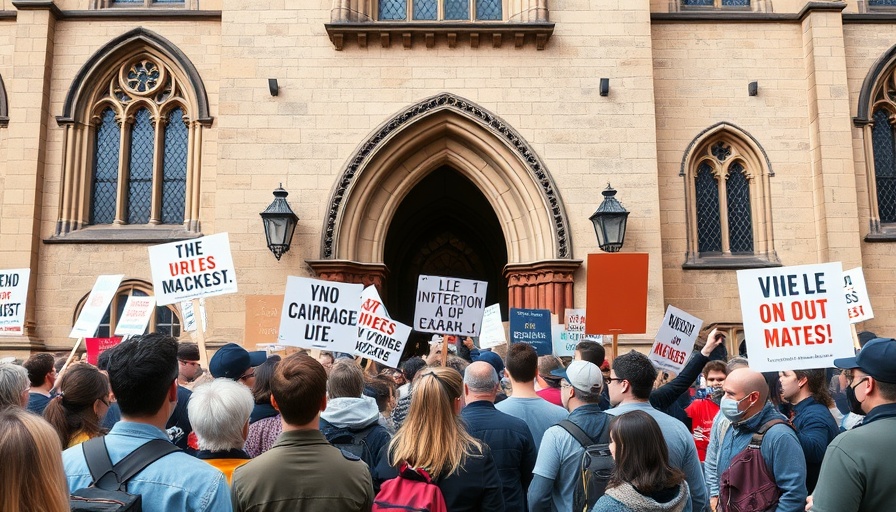
A New Chapter in Wimbledon: Expansion Plans on the Horizon
In a decision that leaves many campaigners disheartened but resolute, the High Court has dismissed a judicial review brought by Save Wimbledon Park (SWP) challenging the expansion plans of the All England Lawn Tennis Club (AELTC). The ruling confirmed the plans approved by the Greater London Authority (GLA) for an ambitious redevelopment, which includes 38 new tennis courts and an 8,000-seat stadium, aimed at hosting qualifying matches for Wimbledon.
Understanding the Ruling: What’s at Stake?
The judicial review held on July 8-9 reflected the tensions surrounding development in areas categorized as protected green belt. Mr. Justice Saini ruled that the GLA acted lawfully in its decision-making, an outcome that SWP deemed troubling, as it may set a concerning precedent for similar future developments. Campaigners argue that the approval signifies a potential erosion of vital green spaces, an issue that resonates deeply within London's urban landscape.
Community Sentiment: Protecting Green Spaces
Christopher Coombe, Director of SWP, articulated the community's concerns during a recent interview, expressing that the ruling could threaten protected green belts across London. "If it goes ahead, it spells real threat to so much green belt and open space…the protections are enormous for this kind of open space, and the GLA has driven a coach and horses through that so far," Coombe lamented. Many local homeowners feel similarly, fearing that losing these green spaces may diminish their quality of life.
The Bigger Picture: Local vs National Relevance
Wimbledon represents more than just tennis; it's a cultural icon and part of a community fabric. The parks and open spaces in London serve as crucial outlets for recreation and respite amid urban sprawl. As young homeowners situated in close proximity to such developments, it’s essential to weigh the benefits of societal progress against the preservation of community values and green belt integrity.
Future Prospects for Sustainable Urban Living
The AELTC argues that the expansion will benefit local communities by opening previously inaccessible lands to the public, thus creating a new 23-acre park. While this development might seem beneficial, it raises pertinent questions about sustainability and the balance between urban development and green living. Homeowners are urged to consider how such large-scale projects fit into the narrative of sustainable living in London.
Community Engagement: A Path Forward
Despite the setback, SWP remains determined. They continue to call for constructive dialogue with AELTC to navigate towards a resolution that honors both the ambitions of the club and the values held by the community. Engaging with neighborhood groups offers a chance to voice concerns and advocate for smarter redevelopment approaches that are less disruptive to established green spaces.
Your Local Spotlights Matter
As homeowners, being aware of these local developments and their implications is crucial. Engaging in neighborhood discussions not only allows you to stay informed but also empowers you to actively participate in shaping the future of your community. Consider getting involved in initiatives or local councils that address urban planning and development. Your input can make a significant difference.
If you care about maintaining the character of our great city while embracing the future, let your voice be heard. Engage in local meetings, join community groups, and advocate for the protection of your neighborhood's charm against unchecked development.
While today's ruling is a setback for the campaigners, the journey is not over. Future appeals and community advocacy can still reshape outcomes in favor of protecting London's treasured landscapes. It's crucial now more than ever for community members to unite and push for a balanced approach to urban growth.
 Add Row
Add Row  Add
Add 




Write A Comment